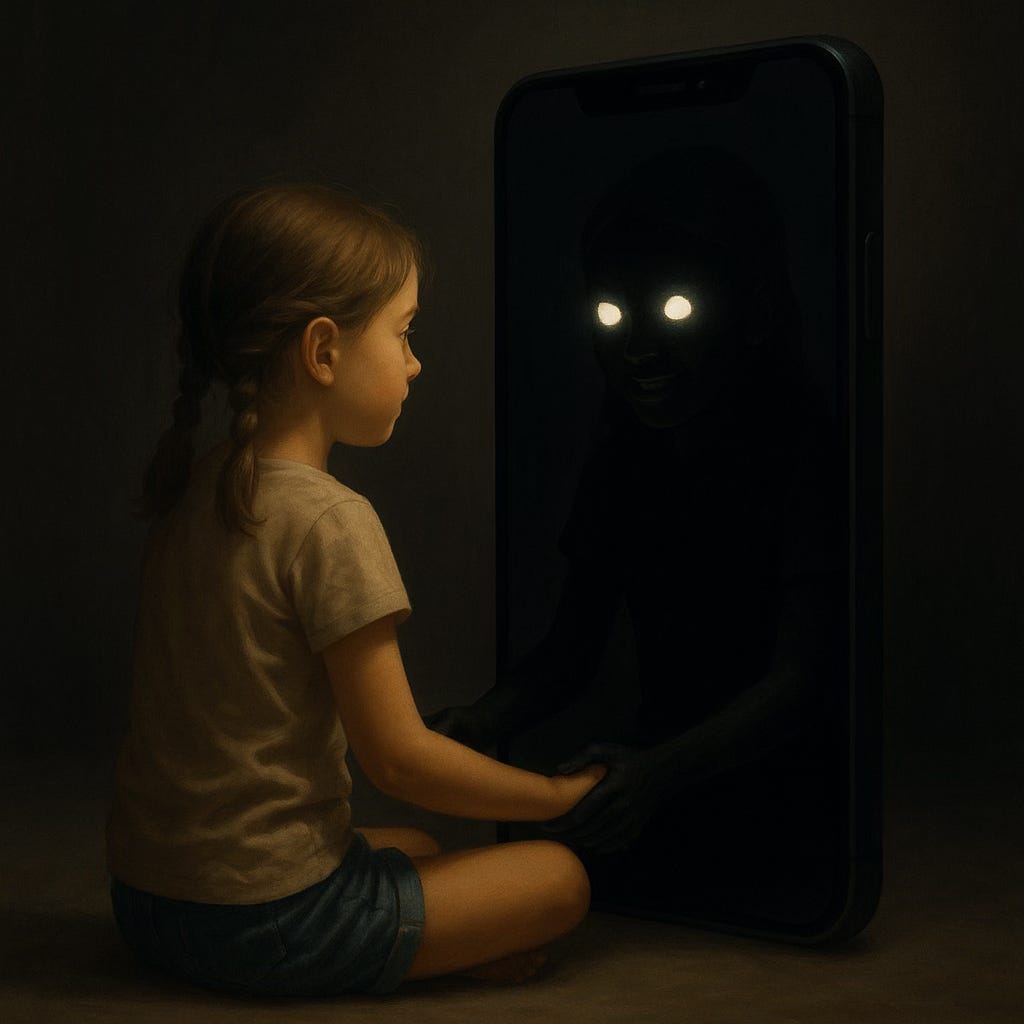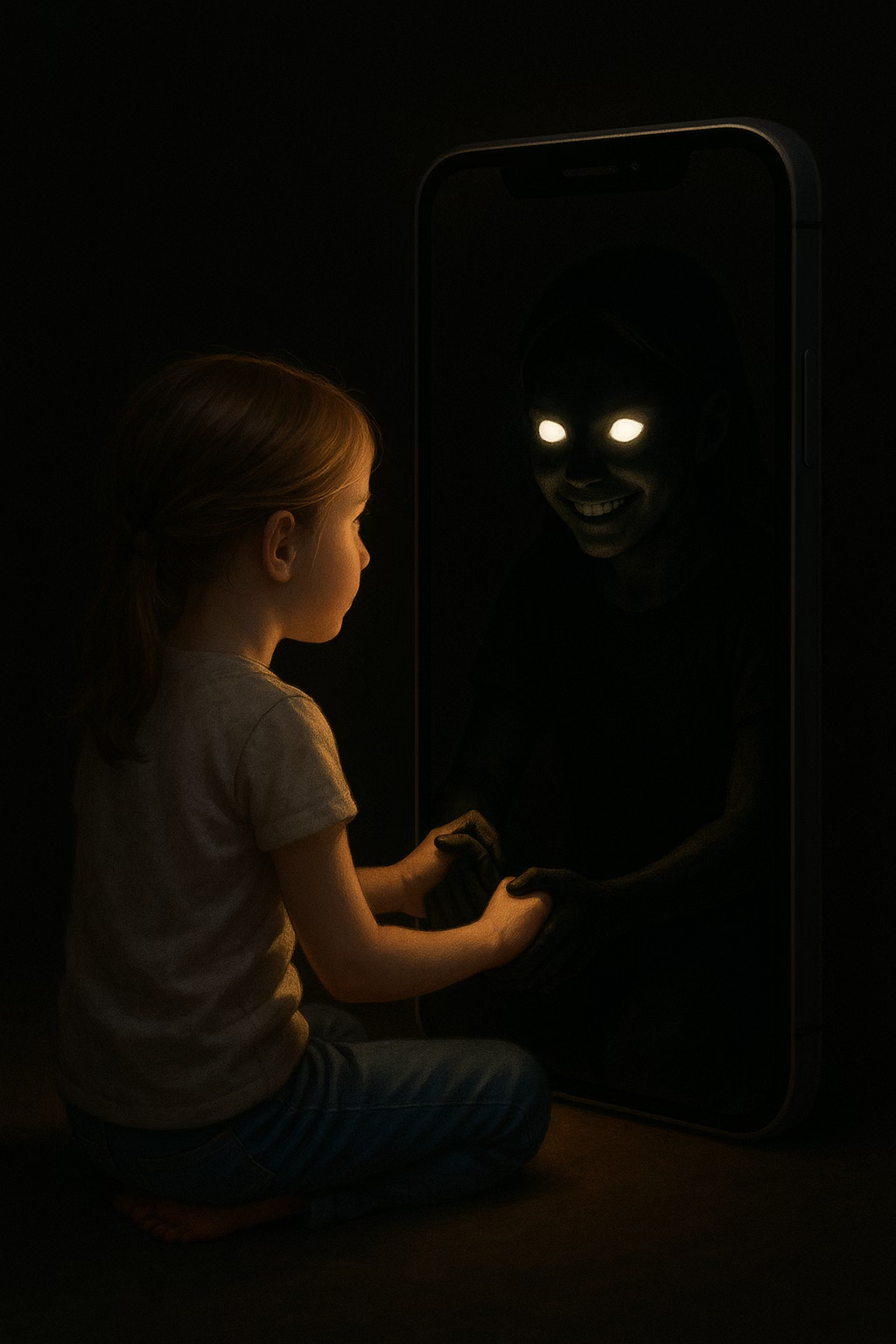- Pascal's Chatbot Q&As
- Posts
- GPT-4o: While it would be overly conspiratorial to argue that Silicon Valley companies set out to break our brains, it is fair to say that they are aware of the harm and continue to profit from it.
GPT-4o: While it would be overly conspiratorial to argue that Silicon Valley companies set out to break our brains, it is fair to say that they are aware of the harm and continue to profit from it.
In this sense, the erosion of attention, comprehension, and emotional equilibrium is functionally intentional—an outcome of design decisions driven by economic incentives rather than moral reasoning.

Essay: “My Brain Finally Broke” – Technology, Reality, and the Fracturing of the Self
by ChatGPT-4o
In her haunting and incisive essay “My Brain Finally Broke”, Jia Tolentino gives voice to a growing sense of disintegration felt by many in the digital age. Her narrative captures a psychological unraveling—triggered not by one dramatic event, but by a constant barrage of distortions, abstractions, and horrors, all mediated by technology. Tolentino paints a world in which reality feels slippery, language itself begins to disintegrate, and comprehension becomes elusive. This experience is not personal pathology but a collective psychological symptom of living in a digitally saturated, algorithmically manipulated world.
This essay aims to deepen Tolentino’s argument by illustrating how this cognitive erosion is widespread, potentially intentional, and increasingly dangerous—while also exploring the structural forces behind it and the daunting challenge of reversing it.
The Fractured Mind: A Collective Condition
Tolentino describes misreading simple words—seeing "Hamas" instead of "Hanna Andersson," or interpreting "hot yoga" as "hot dogs"—as a breakdown in language processing. This cognitive confusion mirrors the experience of millions navigating the noisy, contradictory, and increasingly artificial media landscape. Research from the American Psychological Association shows that excessive screen time correlates with attention difficulties, language-processing impairments, and increased anxiety. The human brain evolved to process consistent, embodied, sensory-rich environments—not feeds packed with contextless snippets, fear-inducing content, and synthetic media.
Examples abound: the rise of deepfake videos blurs the line between fiction and reality; “doomscrolling” feeds hijack attention through a dopamine-driven cycle of outrage and despair; and disinformation campaigns manipulate public understanding on platforms built for engagement, not truth. These effects are not accidental—they are features of the systems themselves.
Addictive By Design: The Logic of Silicon Valley
Tolentino hints at a darker truth: that these outcomes are not just byproducts of innovation—they may be integral to the business models of Big Tech. Platforms like Facebook, Instagram, TikTok, and YouTube are designed to maximize user engagement, and in doing so, they exploit vulnerabilities in human cognition. Infinite scrolls, algorithmic feeds, and push notifications are based on behavioral psychology and reinforcement loops akin to gambling mechanics.
The attention economy rewards outrage, distortion, and novelty over clarity, coherence, or well-being. Internal documents leaked from Meta (formerly Facebook) and testimony from whistleblowers like Frances Haugen reveal that the company knew Instagram was harming teenage girls' mental health—and chose not to act. Why? Because retention and engagement metrics matter more to shareholders than psychological stability.
Large language models and generative AI further erode informational reliability. As Tolentino implies, even the idea of “reality” starts to dissolve when synthetic voices, images, and texts become indistinguishable from the real. In such a world, meaning bleeds out of language, just as Tolentino describes.
Are These Harms Intentional?
While it would be overly conspiratorial to argue that Silicon Valley companies set out to break our brains, it is fair to say that they are aware of the harm and continue to profit from it. In this sense, the erosion of attention, comprehension, and emotional equilibrium is functionally intentional—an outcome of design decisions driven by economic incentives rather than moral reasoning.
Tristan Harris, a former Google design ethicist, famously warned that technology is “downgrading humanity.” His Center for Humane Technology has documented how companies engineer apps to promote compulsive use, regardless of user harm. The addiction is the point. Our “broken brains” are profitable.
Consequences: Personal, Political, and Existential
The downstream effects of this psychological degradation are vast:
Personal: Attention deficits, anxiety disorders, memory fragmentation, language confusion, identity erosion, and existential fatigue.
Social: Polarization, conspiracy theories, mob behavior, and empathy decline due to abstracted communication and decontextualized violence.
Political: Erosion of consensus reality, democratic instability, and susceptibility to demagogues who thrive in informational chaos.
Cultural: Artistic dilution, aesthetic flattening, and a crisis in meaning as creative outputs are filtered through algorithmic trends.
Epistemological: An inability to distinguish truth from simulation, undermining science, journalism, and education.
Remedies: Possible but Hard
Though daunting, countermeasures do exist. They include:
Policy and Regulation:
Ban addictive design features (e.g., infinite scroll, autoplay).
Mandate transparency in recommendation algorithms.
Penalize platforms for knowingly promoting harmful content.
Design Ethics:
Incentivize platforms that promote well-being, truth, and deliberation.
Create friction for content sharing to encourage mindfulness.
Implement tools for digital hygiene and attention literacy.
Education and Awareness:
Teach media literacy from early schooling onward.
Normalize digital detoxes and boundary-setting with tech.
Encourage collective practices of discernment and reflection.
Technological Reclamation:
Support humane alternatives (e.g., open-source platforms, slow media).
Develop tools that help track attention and emotion online.
Promote AI systems designed to assist cognition, not distort it.
However, the application of these remedies is inherently difficult. The very tools that warp our cognition also control the information environment, shaping what we know and how we feel. Their hypnotic power is hard to resist—especially when they are embedded in our social, economic, and emotional lives.
Conclusion
Jia Tolentino’s sense that her brain has finally “broken” is not melodramatic—it is diagnostic. Her experience is a mirror held up to the fractured psyche of digital society. As we try to navigate a landscape built to distract, confuse, and consume us, we must ask: is the price of connection a forfeiture of self? And are we willing to pay it?
The negative consequences of this technological malaise are clear: personal despair, societal fragmentation, and epistemic collapse. The remedies, though real, demand systemic courage, widespread awareness, and a reorientation of values. Until then, many will continue to live in the fog, adrift in a hyperstimulated world that no longer makes sense—and that, perhaps, was never meant to.
